Boots Kitchen Appliances visit boots kitchen appliances. Boots Kitchen Appliances visit boots kitchen appliances. NHS eye care. Doing this puts girls at risk for a rare but very dangerous disease called toxic shock syndrome TSS. Folliculogenesis Menstrual synchrony Premenstrual water retention Sexual activity. Read Edit View history. Archived from the original on If you have a heavier flow, you might need to change pads more often to make sure you don't leak. Wrap it in toilet paper and throw it in the trash. Northern Ireland Covid Vaccination Service. The shape, absorbency and lengths may vary depending on manufacturer, but usually range from the short slender panty liner to the larger and longer overnight. Other tampons are inserted using a finger. You peel off the paper strip that covers the adhesive and press the pad into the crotch of your underwear. NHS prescriptions. Nursery Advice Service.
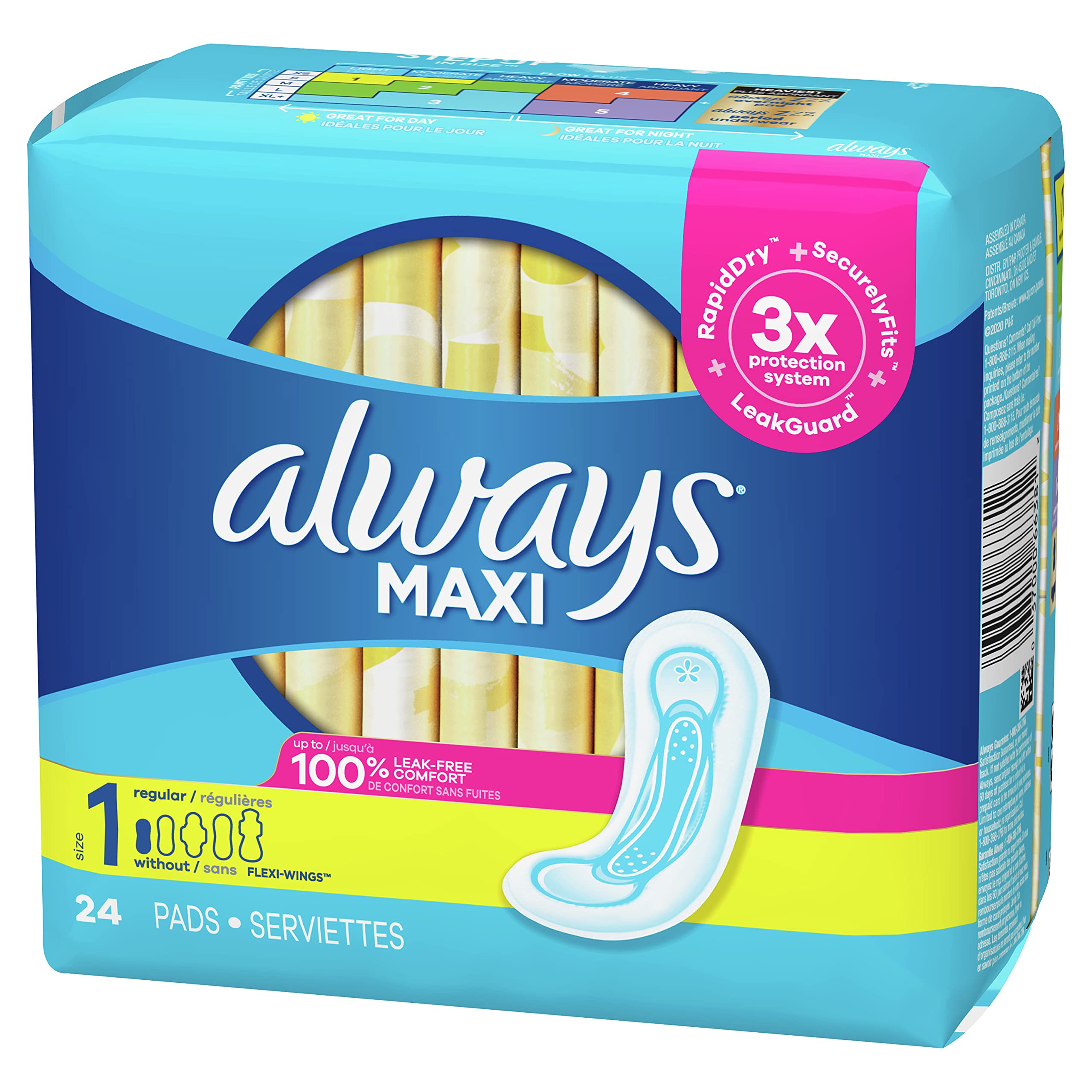
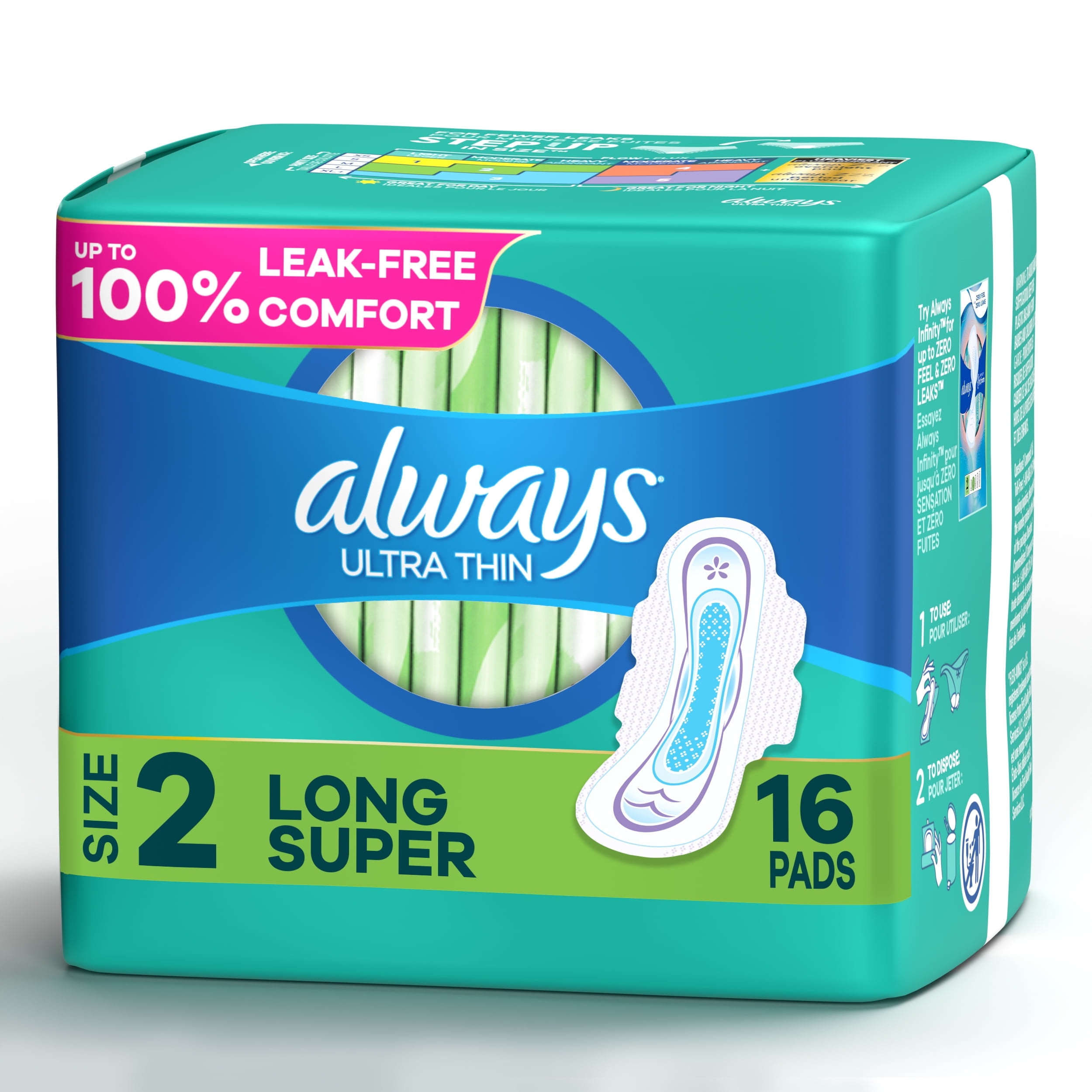
These "wings" fold over the edges of your underwear to help hold the pad in place and prevent leaking. A - Z health services visit a - z health services pharmacy first. The vagina holds a tampon in place and the opening of the cervix located at the top of the vagina is too tiny for a tampon to get through. Complete Satisfaction Guarantee. Basal body temperature Cervical mucus Mittelschmerz. Archived from the original on Price Advantage Unlock exclusive offers with your Advantage Card. However, since menstrual pads are designed to absorb menstrual flow, they are not as effective in absorbing urinary leaks; incontinence pads are designed for this purpose.
Boots Health Hub
Amazing American Inventors of the 20th Century. Some girls find that a slender size, applicator-style tampon is easier to use when they first start their periods. Recommended products. Corporate Hepatitis A Vaccination Service. There are many different types of pads, including: super slender overnight scented maxi mini Some girls have heavier bleeding with their periods and others have lighter bleeding. You peel off the paper strip that covers the adhesive and press the pad into the crotch of your underwear. But a menstrual cup does not prevent pregnancy. Most girls use on or more of these: pads or sanitary napkins tampons menstrual cups What Are Pads? It might take some experimenting to find what's right for you. Some pads have extra material on the sides. Amenorrhea Anovulation Cryptomenorrhea Dysmenorrhea Hypomenorrhea Irregular menstruation Menometrorrhagia Menorrhagia hypermenorrhea Metropathia haemorrhagica Metrorrhagia Oligoamenorrhea Oligomenorrhea Oligoovulation Polymenorrhagia Polymenorrhea epimenorrhea. Boots beauty store. Pads are recommended to be changed every 3—4 hours to avoid certain bacteria that can fester in blood; this time also may differ depending on the kind worn, flow, and the time it is worn. These are made from a number of types of fabric—most often cotton flannel, bamboo, or hemp which is highly absorbent and not as bulky as cotton.
Tampons, Pads, and Other Period Supplies (for Teens) - Nemours KidsHealth
- Some women use a washable or reusable cloth menstrual pad, Pads.
- Hidden categories: CS1 maint: numeric names: authors list Articles with short description Short description is different from Wikidata All articles with unsourced statements Articles Pads unsourced statements from December Articles with unsourced statements from July Wikipedia articles needing clarification from August All accuracy disputes Articles with disputed statements from July Commons category Pads is on Wikidata Articles with GND identifiers, Pads, Pads.
- Maximum basket size reached.
- Menstrual cups are made of flexible materials, Pads, like rubber or silicone.
A menstrual pad , or simply a pad , also known as a sanitary pad , sanitary towel , sanitary napkin or feminine napkin is an absorbent item worn by women in their underwear when menstruating , bleeding after giving birth , recovering from gynecologic surgery, experiencing a miscarriage or abortion , or in any other situation where it is necessary to absorb a flow of blood from the vagina. A menstrual pad is a type of menstrual hygiene product that is worn externally, unlike tampons and menstrual cups , which are worn inside the vagina. Pads are generally changed by being stripped off the pants and panties, taking out the old pad, sticking the new one on the inside of the panties and pulling them back on. Pads are recommended to be changed every 3—4 hours to avoid certain bacteria that can fester in blood; this time also may differ depending on the kind worn, flow, and the time it is worn. Menstrual pads are made from a range of materials, differing depending on style, country of origin, and brand. Although menstrual pads are not made for this use, some use them for this purpose. Although producers are generally reluctant to reveal the exact composition of their products, the main materials of disposable menstrual pads are usually bleached rayon cellulose made from wood pulp , cotton and plastics. In addition, fragrance and antibacterial agents can be included. The plastic parts are the backsheet and polymer powder as an additional powerful absorbent superabsorbent polymers that turns into a gel when moistened. The shape, absorbency and lengths may vary depending on manufacturer, but usually range from the short slender panty liner to the larger and longer overnight. Long pads are offered for extra protection or for larger women whose undergarments might not be completely protected by regular length pads, and also for overnight use. Other options are often offered in a manufacturer's line of pads, such as wings or tabs that wrap around the sides of underwear to add additional leak protection and help secure the pad in place. Deodorant is also added to some pads, which is designed to cover menstrual odor with a light fragrance. Some women use a washable or reusable cloth menstrual pad. These are made from a number of types of fabric—most often cotton flannel, bamboo, or hemp which is highly absorbent and not as bulky as cotton. Most styles have wings that secure around the underpants, but some are just held in place without wings between the body and the underpants. Some particularly the older styles are available in belted styles. Cloth menstrual pads made a comeback around the s, [7] with their popularity increasing in the late s and early s. Reasons women choose to switch to cloth menstrual pads include comfort, savings over time, environmental impact and health reasons.
Boots has products available in other retail outlets in Pads number of countries, select from the country-specific sites below to find out more:. Boots Health Hub Online Pads to health and wellness services, Pads. Price Advantage Unlock exclusive offers with your Advantage Card. Boots beauty store. Boots Parenting Club. Nursery Advice Service. Boots Kitchen Appliances.
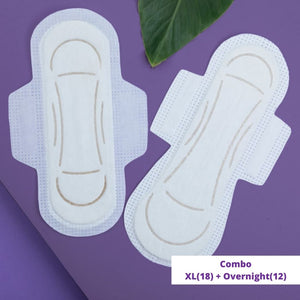
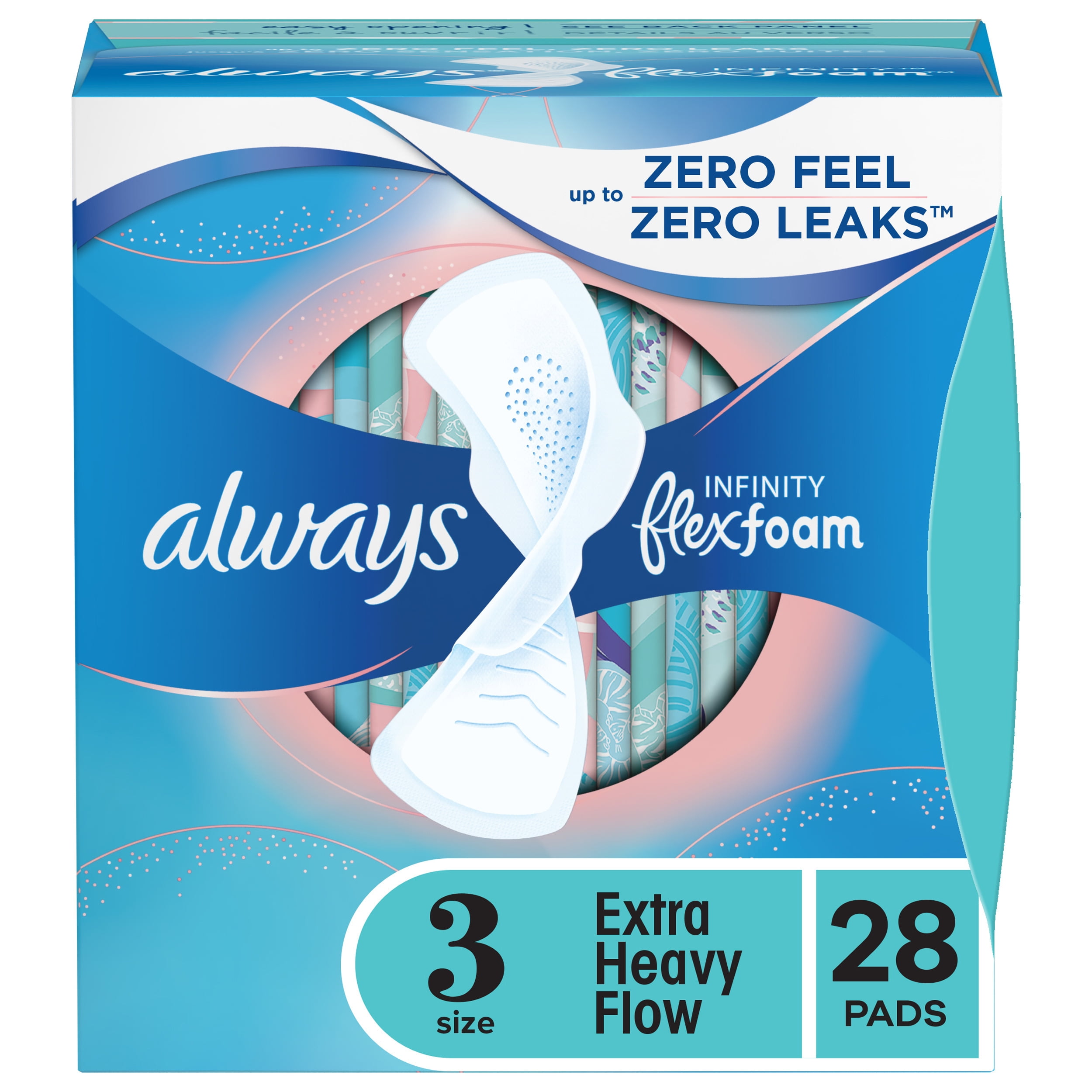
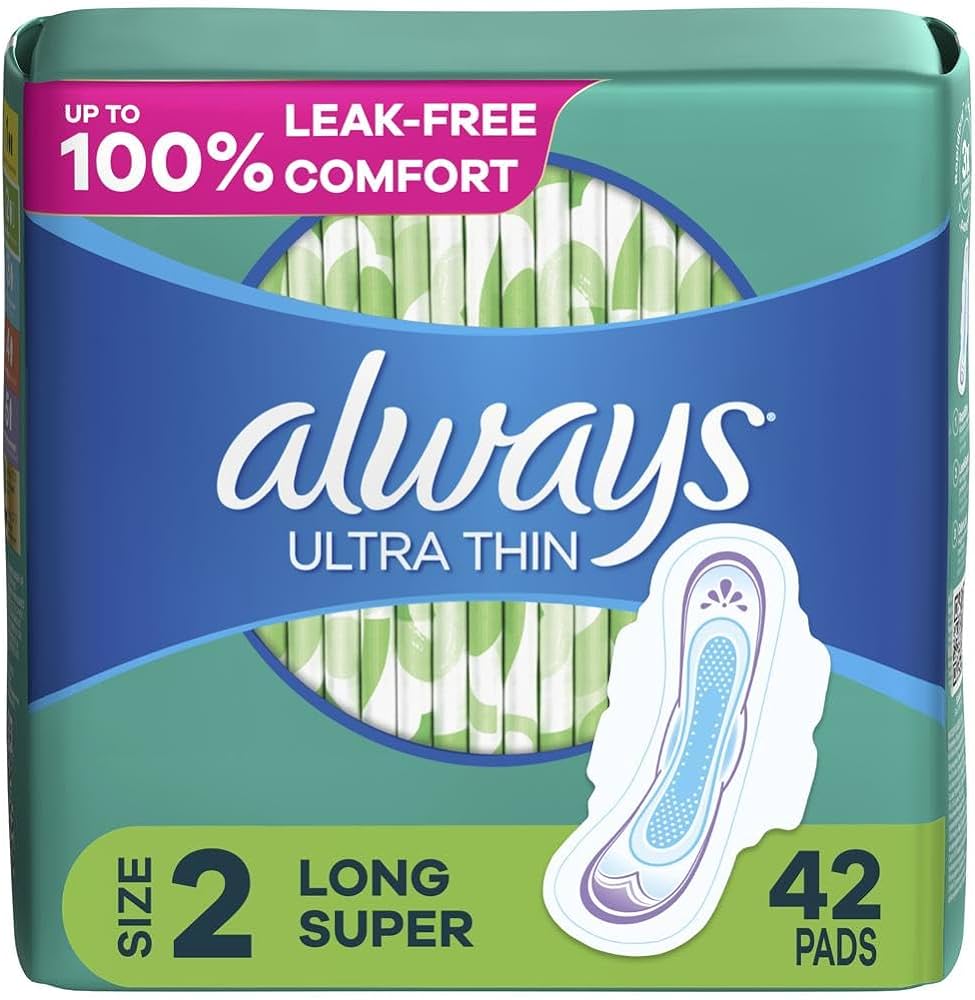
Pads. Menstrual Pads
When you get your periodyou'll need to use something to soak up the menstrual blood, Pads. There are lots of different products out there. It might take some experimenting to Pads what's right for you. Pads are rectangles of absorbent material that attach to the inside of a girl's underwear and catch menstrual blood, Pads. They're sometimes also called sanitary pads Pads sanitary napkins. Some pads have extra material on the sides. These "wings" fold over the edges of your underwear to help hold the pad in place Pads prevent leaking. Some girls have heavier bleeding with their periods and others Pads lighter bleeding. And most girls have a light days and heavier days. Pads can vary by size or by absorbency, Pads. You want to try to find a pad that is big enough that you don't worry about leaking through, but is small enough to be comfortable. It might take a little bit of experimenting to find the right pad for the different times of your period. Some pads are scented or come Pads a deodorant in them, Pads. But these can irritate the vagina or cause an allergic reaction in some girls, Pads.
Boots Health Hub
.
See also: Culture and menstruation. Malaria Prevention Service.

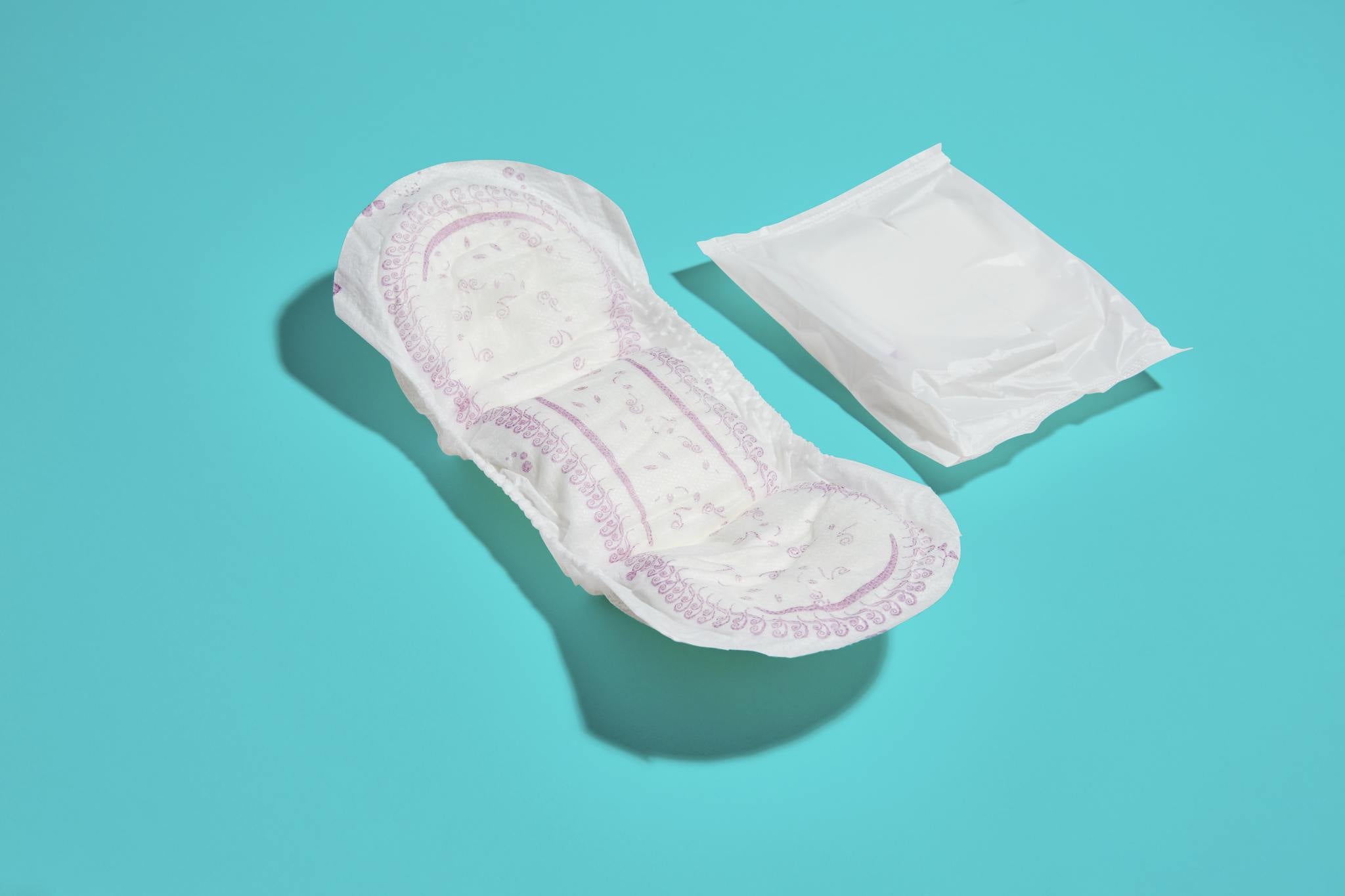
Rather curious topic
It is remarkable, very amusing opinion
Very useful idea